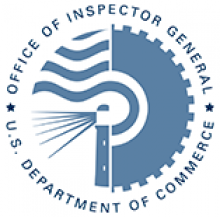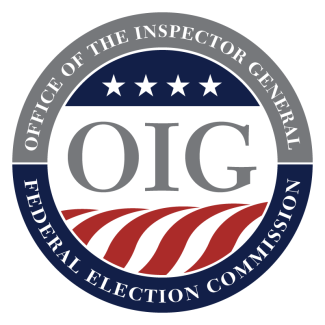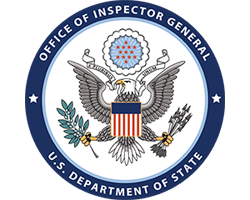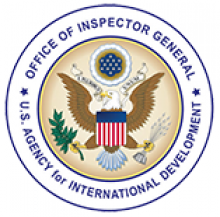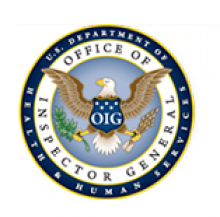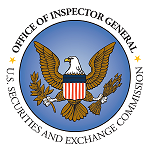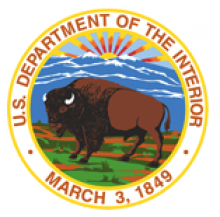For our final report on our audit of the First Responder Network Authority’s (FirstNet Authority’s) oversight of its first two reinvestment task orders (TOs), our objective was to determine whether FirstNet Authority’s process for reinvesting fee payments is effective and consistent with established practices, procedures, and regulations. We found that I. FirstNet Authority did not have sufficient performance measurements in the Quality Assurance Surveillance Plan to adequately assess contractor performance for its first two reinvestment TOs; II. FirstNet Authority did not perform independent verification of contractor performance regarding deployables; III. FirstNet Authority contracting officer’s representatives relied on Nationwide Public Safety Broadband Network (NPSBN) Program Management Office personnel that are not certified or formally appointed to conduct contract monitoring; and IV. FirstNet Authority’s Senior Management Council reviews were not conducted in a transparent manner for the NPSBN reinvestment TOs.
| Report Date | Agency Reviewed / Investigated | Report Title | Type | Location | |
|---|---|---|---|---|---|
| Department of Commerce | FirstNet Authority Failed to Provide Adequate Contract Oversight for Its Initial Two Reinvestment Task Orders | Audit | Agency-Wide | View Report | |
| Federal Election Commission | SR-22-03: The Federal Election Commission (FEC) Standard Operating Procedures (SOPs) Related to non-Federal Election Campaign Act (FECA) Law Enforcement Inquiries | Review | Agency-Wide | View Report | |
| U.S. International Boundary and Water Commission, United States and Mexico, U.S. Section | Independent Auditor's Report on the International Boundary and Water Commission, United States and Mexico, U.S. Section, FY 2022 and FY 2021 Financial Statements | Audit | Agency-Wide | View Report | |
| U.S. Agency for International Development | Closeout Audit of the Schedule of Expenditures of USAID Award Managed by the Palestinian Authority, Through the Ministry of Finance in West Bank and Gaza, Debt Relief Grant Agreement 294-CT-00-21-00001-00, September 22 to December 21, 2021 | Other |
|
View Report | |
| U.S. Agency for International Development | Closeout Audit of the Schedule of Expenditures of Caritas, Building Alliance for Local Advancement, Development and Investment Program in Lebanon, Cooperative Agreement AID-268-A-12-00005, January 1, 2021, to June 10, 2022 | Other |
|
View Report | |
| U.S. Agency for International Development | Performance Audit of the Adequacy of the Accounting Systems for Social Solutions International, Inc. as of September 30, 2021 | Other |
|
View Report | |
| Department of Health & Human Services | Medicare Part D Plan Sponsors and CMS Did Not Ensure That Transmucosal Immediate-Release Fentanyl Drugs Were Dispensed Only to Beneficiaries Who Had a Cancer Diagnosis | Audit | Agency-Wide | View Report | |
| Securities and Exchange Commission | The SEC Supported Federal Small Business Contracting Objectives, Yet Could Make Better Use of Data and Take Other Actions To Further Promote Small Business Contracting, Report No. 577 | Audit | Agency-Wide | View Report | |
| Securities and Exchange Commission | The SEC Supported Federal Small Business Contracting Objectives, Yet Could Make Better Use of Data and Take Other Actions To Further Promote Small Business Contracting, Report No. 577 | Audit | Agency-Wide | View Report | |
| Department of the Interior | The U.S. Department of the Interior’s Cyber Risk Management Practices Leave Its Systems at Increased Risk of Compromise | Inspection / Evaluation | Agency-Wide | View Report | |


